In honor of his birthday, we celebrate the impressive career of one of the most talented modern filmmakers in the genre, Mike Flanagan.
“File:Mike Flanagan (Director).jpg“ by Mflana1 is licensed under CC BY-SA 4.0Intro by Jamie Alvey
From the time his first film Absentia premiered in 2011, Mike Flanagan has proved himself a strong creative in the horror world. For the past ten glorious years, Flanagan has provided audiences with horror that is terrifying and heart-wrenching. You let out screams and shed tears in equal measure.
His quietly affecting approach to horror makes fear personal. It creeps in and coils around your bones and settles in the marrow there. Flanagan takes up residence in the psyche and he whispers to you the fears that you dare not put a name to — whether it be the claustrophobia of loneliness, the crushing weight of guilt, or the looming terror of trauma. Horror is naturally a genre of emotions, and Flanagan understands this.
If anything, horror is existential and Flanagan’s storytelling mastery reflects that. He deftly plays and plots in many subgenres of horror, proving to be a shapeshifter in his own right. There’s a beauty to the fact he understands what makes us human and what terrifies us. We can find ourselves consumed by the gorgeous terror he offers. It’s divine, it’s spiritual.
It only seems right to celebrate the man that has given horror his all and both comforted and terrified us with his works. Flanagan’s works are an experience like no other, and this is why he stands as one of horror’s modern masters. We are seeing the works of a great unfold before our eyes and it is a pleasure to share this space in time with him while he is creating.
Today, on his birthday, we will be reflecting on Flanagan’s stellar body of work and look ahead to his creative future. It’s an honor to be able to continually write about his works and lift up his unique and artful perspective on horror and humanity in general.
1. OCULUS: CHAPTER 3 – THE MAN WITH THE PLAN (2006)
A love letter by Rob Gaeta
Mike Flanagan’s name has been on the tip of just about every indie-horror fan’s tongue since his auspicious feature film debut in 2011. That film was called Absentia, and its (very) low budget was no match for several impressive elements that Flanagan would carry with him throughout the rest of his career (meticulous character development, effectively complementary musical scores, and natural performances).
Prior to this promising entrance, his first foray into the genre was the 2006 short film Oculus: Chapter 3 – The Man with the Plan (to date, the only chapter, and the precursor to a 2013 feature film).
Clocking in at just about the half-hour mark, it shares multiple plot similarities and dialogue with the film it inspired but trades in a brother-sister showcase for a one-man psychological descent that makes surprisingly ample use of its single location, trapping the viewer in a genuinely disconcerting foray into the lasting power of trauma, and the marks it leaves.
The plot involves Tim Russel who, upon tracing an enduring history of tragedy revolving around the mysterious Lasser mirror, has rigged an intricate surveillance operation in the hope of catching the nefarious reflector in the act on tape once and for all. Adding to the drama is Tim’s vested interest in the mirror, having experienced his own personal tragedy with it. This direct link provides us with an emotional anchor, and the audience involvement it results in is one of the more engaging aspects of Flanagan’s oeuvre: his ability to garner intensive audience investment by way of relatable human elements taking the forefront in otherwise fantastical stories.
There is a pumping viscous heart at the center of anything Flanagan puts his name on.
Outside of the philosophical journeys that he often puts his characters and spectators through, Flanagan does not forget for a second what type of movie his audience is watching, and his stories are planned out accordingly, but never predictably.
Nope, no telegraphed jump scares here or signaling stingers employed. Instead, he demands careful and devoted attention from his gentle viewers — paying off with astoundingly horrific blink-and-you’ll-miss-em tableaus, and thought-provoking denouements that often invite meaningful and lasting audience participation in unpacking the multiple layers splayed out.
Above all else, Flanagan’s Oculus short is a welcome (but not new) reminder of the time-honored ‘less is more’ conceit, and the patient style of his work echoes a more prestigious era in Hollywood horror filmmaking when the story was the star, and everything else was complimentary.
Refusing (or merely an inability) to rely on big-budget amenities like CGI or lavish production design has clearly worked in Flanagan’s favor, who to this day has not sacrificed character development in favor of typical Tinseltown thrills, as seen in his high-profile and critically lauded Doctor Sleep in 2019.
It is both wonderful and inspiring to see the humble and confident geneses that Oculus: Chapter 3 lays out — weaving together a bittersweet tapestry of loss, love, trauma, of those who are left behind to re-assemble the remaining shards of the past.
2. ABSENTIA (2011)
A love letter by Conor McShane
Along with vengeful spirits, malevolent mirrors, and home invaders, the films of Mike Flanagan almost always feature characters grappling with the all-too-real specters of grief, addiction, and trauma.
This throughline can be traced back through nearly all of his projects, from adults turning to substances to cope with the horrors of their childhood in Doctor Sleep and The Haunting of Hill House, to a woman coming to terms with sexual abuse in Gerald’s Game, to the grief-stricken parents of Before I Wake, all the way back to his very first film, Absentia.
Here, the characters are grappling with a different kind of grief: the grief of the unknown, and seeking solace in different forms of spirituality as a way to deal with their lack of answers.
Tricia’s (Courtney Bell) husband Daniel (Morgan Peter Brown) disappeared without a trace seven years ago, and she’s finally able to file the paperwork for “death in absentia,” supported by her sister Callie (Katie Parker), who’s in recovery for addiction and turns to Christianity for solace. It’s a situation defined by the pain of not knowing, and the fear that the truth may be even worse than anyone can imagine.
To my mind, one of the reasons that Flanagan’s films work as well as they do is this ability to ground the horror in these complex but relatable human emotions, and that he takes his characters as seriously as he takes his scary setpieces.
Grief is something we’re all likely to feel at some point in our lives, and even if our loved ones don’t go missing, we’re likely to never have the closure we hope for when we lose someone. All we can do is cope however we can; that leads to bad habits for some of his characters, but it’s understandable when confronted with the kind of inexplicable horrors Flanagan usually lays on them. Many of these stories are scary enough even before anything supernatural happens; take out the ghosts, monsters, and masked killers, and many of his films could function just as well as family sagas, addiction stories, or relationship dramas.
That he manages to make these stories so frightening on so many levelsーboth in the traditional horror sense as well as the abstract, existential senseーis a testament to his skills as a filmmaker and a storyteller.
Absentia is clearly a low-budget work, but it’s a master class in doing a lot with a little. It proves once again that, with a well-written script, three-dimensional characters, and strong performances, you can accomplish a great deal with very few resources.
Much like Tricia, we’re left to let our minds fill in the gaps; we only ever get glimpses of the monster in this film, all the better to let our imaginations do the scaring.
Flanagan would go on to work with much bigger budgets and more famous faces, but his debut still holds up as the arrival of a great, humanist storyteller, and one of the sharpest horror minds of this century.
3. OCULUS (2013)
A love letter by Jason McFiggins
Like The Haunting of Hill House and Bly Manor (and, to an extent, Doctor Sleep), writer-director Mike Flanagan once again plays with both haunted places and haunted people in his 2013 feature Oculus.
His characters are often just as haunted by the past as they are by spirits. Quite often, they are one and the same. With Oculus, he makes the mystery more of a procedural, with Kaylie (Karen Gillan), a grief-stricken woman trying to solve an evil supernatural mystery from her past, playing the detective role. Gillan is excellent as Kaylie, presenting evidence throughout in a lawyer-like fashion, with conviction and a learned familiarity.
Flanagan seems drawn to the brokenness in people through the lens of supernatural trauma, or domestic disturbance by way of possession. The only way to explain the unexplainable is to embrace and explore the unexplainable. Oculus also dives into cause vs. correlation, reality vs. memory. It’s the grey area in between, the actuality of the past that works as the unexplainable in Oculus, and Flanagan finds a dramatic, intriguing angle in which to unpack it all.
This is the most intriguing part of, not only Oculus, but Flanagan’s work as a whole.
The idea that people are pushed to commit horrible acts due to evil spirits attaching themselves to the living is both dark and fascinating to consider. It makes you wonder if people really are born inherently good, but it’s dark forces that possess and twist them inside to lash out towards fellow human beings.
Again, this dives deep into the unexplainable but works as a philosophical approach to determine what causes people to do what they do.
All of this, combined with startling imagery, the right amount of gore, and sympathetic characters, is why Oculus is such a cool movie. Not only does it ask these questions, but it also uses a mirror as the point of contact with evil spirits. Using a reflection of one’s self as a gateway to possession creates a doppelganger of the possessed, reinforcing the idea that an “other” must exist in the spiritual realm in order to affect that in the physical realm.
Pretty deep stuff to gather from a small horror flick. And that’s a testament to Mike Flanagan and his filmmaking style. He may be the best current filmmaker in this niche corner of the horror genre.
Starting with Absentia in 2011 and continuing with Oculus, Flanagan has had a solid track record for 10 years now. Here’s looking forward to what he does next.
4. HUSH (2016)
A love letter by Maggie Stankiewicz
Recent Mike Flanagan productions are revered for bringing heart into horror by exploring the most vulnerable elements of the human condition, from family and love to the inevitability of succumbing to our own mortality. They are love letters to the genre — and to our own capacity to love and fight and lose and connect with those around us. He injects poetry into his films and television series.
But Hush is something else entirely.
Arguably one of his meanest creations, Hush is a cornerstone entry in the modern slasher genre that forces audiences to confront the darkness of fellow man and the pitfalls of isolation.
No friends. No family. No neighbors. No hope. Just silence. What will become of you?
Hush finds author Maddie Young (Kate Siegel) alone at her home in the woods, tormented by a masked – and eventually unmasked – madman (John Gallagher Jr.). As the night drags on, she is forced to witness the brutal murder of her neighbors, suffer from extensive hand trauma, and learn how to use her deafness to her advantage.
There is a brutality to Hush that makes it all the more real to viewers.
It lacks the stylized gloss of a haunting period piece, dragging audiences into the dirt with Maddie as she struggles for her own survival.
From an incredible score by “FlanaFam” collaborators The Newton Brothers to superb sound design, there’s a lot to love about Hush – especially when it comes to how the idea came to be, and how its success would influence the trajectory of Flanagan’s life, films, and future creations.
HUSH is a landmark in Mike Flanagan’s legacy, introducing many familiar faces and behind-the-scenes heroes in the Flanaverse, a testament to the director’s ability to create a working environment that talent returns to time and time again.
Even Maddie’s novel, Midnight Mass, is set to become a fully-fledged series on Netflix.
Written by Mike Flanagan and his future wife/life collaborator Kate Siegel, the film posits the power of choice and duality of isolation – both forced and self-imposed.
This is the beauty of all Flanagan creations; existentialism runs between each stab wound and every scream like interstitial fluid, enriching the narrative.
There’s no such thing as a “simple” kill in his world. A dead neighbor represents lost hope. A deaf final girl represents the power we find in perceived powerlessness.
An unmasked killer is the cold reality that sometimes, there is no rhyme or reason to the world’s cruelty.
In less than 90-minutes, Flanagan was able to bring life to one of the finest final girls of this generation in Maddie Young, a woman who realizes the infinite possibilities laid out before us and refuses to let it paralyze her. Maddie fights for her life and wins – a reminder that no matter how cruel the night is, the sun will rise.
Hush was filmed with a small $1 million budget, but it packs a big punch and stands out among Flanagan’s growing filmography.
This film is thematically, tonally, and visually different from the rest of his work and will remain a testament to his versatility as a writer and director.
5. BEFORE I WAKE (2016)
A love letter by Laura Sloan
When I think of Mike Flanagan, I like to think of him as a cinematic hypnotist, with an extraordinary talent to ease you in gently to what you resist the most.
Before I Wake, is an original supernatural drama written by Flanagan and Jeff Howard.
The film is a testimony to Flanagan’s aptitude to let us face one emotion many of us desperately try to avoid, our grief. Grief is a heavy sensation and a process that cannot be judged, and Flanagan beautifully executes that as the maestro of emotion.
Jessie (Kate Bosworth) and Mark (Thomas Jane) are both ready to be parents again after the drowning of their only child, Sean (Antonio Evan Romero). Cody (Jacob Tremblay), a precious face of empathy, has also just lost his foster father to a nervous breakdown from an unknown dark presence. Equally, both are in need to heal the void of loss.
Cinematographer, Michael Fimognari, handles the zooms and shots delicately. Mark and Jessie sit in Natalie’s (Annabeth Gish) office, framing them small while capturing the room large: the unknown of becoming parents again. The shots between the caseworker and the parents-to-be lead to a centered image: an assured commitment. This scene depicts Fimognari’s talent to sing Flanagan’s emotional vision.
Jessie and Mark quickly discover Cody’s beautiful and dark world at night, experiencing the colorful butterflies as his dream state creates. Butterflies symbolize souls and spirits, and Cody is obsessed with the film’s metaphor.
The original title of this film was Somnia, and as Jessie’s counselor points out, somnia means dreams — and insomnia means no dreams.
Insomnia is the imprisoned world Cody lives in, an attempt to control the consequences of his dreams, which rapidly turn into nightmare encounters of an ominous and skeleton-like figure he calls “Canker Man.”
Cody’s curiosity about Sean leads to him dreaming about the boy, briefly producing a projection of the deceased child to his grieving parents. This gives both Jessie and Mark a gut-wrenching blend of joy and conflict. Jessie, desperate for even a small glimspe of the son she lost, tries to manipulate the situation by sharing videos and pictures of Sean with Cody. Meanwhile, Mark acknowledges Cody’s emotional needs.
Tragedy ensues at the hands of Canker Man, leading Jessie to desperately research Cody’s past. She learns about the death of Cody’s mother the heartbreaking origin of the Canker Man.
Jessie becomes the key to helping Cody overcome his nightmarish hell, but she first must fully let go of the guilt of Sean’s death and heal her own deep-seated emotional wounds.
Before I Wake is a powerful exploration of transforming grief and another testament to Flanagan’s tremendous talent as a filmmaker and storyteller.
6. OUIJA: ORIGIN OF EVIL (2016)
A love letter by Donnie Smith Jr.
It is rare when a sequel is on par with its predecessor. It is even rarer when a sequel outshines the predecessor. And it is practically unheard of when a movie is not very well received, but the follow-up is critically acclaimed and a box office smash. However, when you have Mike Flanagan at the helm, this is more than possible.
Ouija was released in 2014 and was almost instantly panned. While the movie has its fans, a vast majority agree it missed its mark. When a prequel was released two years later, nobody thought twice of it. But Mike Flanagan shattered any negative expectations and showed just how talented he is.
Mike co-wrote and directed Ouija: Origin Of Evil, and his fingerprints are all over it. The film takes place in the late 60s and is brilliantly shot as if it came out in this period. From the old school Universal logo to the reel change marks scattered throughout, Mike Flannagan masters making the film feel like a period piece.
The movie revolves around a mother and two daughters who scam people by performing staged seances. When they decide to invite an actual demonic presence into their home, they quickly realize they get more than they bargained for. The film is connected by having one of the daughters be a younger version of Lin Shaye’s character from the previous film. Despite this connection, this movie feels completely different by having a haunting, disturbing feel to it.
One of the largest complaints of the previous film was its overuse of jump scares as opposed to genuine scary scenes.
In this prequel, Mike Flanagan creates a scary, heart-pounding atmosphere to deliver his scares.
While practically every actor in the film is fantastic, the heart is young Doris portrayed by Lulu Wilson.
In my humble opinion, Lulu is comparable to Linda Blair’s role as Regan from The Exorcist. She starts the movie acting like an actual child does, and creates a sense of worry in the audience when she becomes affected by the sinister demonic force. While we are worried about her, we are also scared witless by her, a feat many actresses, let alone a child, can be successful in.
The Ouija Board has been used to death in films and, as the first Ouija showed us, it is easy to make a rather dull film out of. Mike Flanagan however, shows that even the most cliched and tired premise can be made original and scary when helmed by a talented filmmaker.
Another highlight is Henry Thomas as Father Tom. Once playing Elliot in E.T, Henry is no stranger to Mike Flanagan projects, from The Haunting Of Hill House to even playing “The Bartender” (totally Jack Torrance) in Doctor Sleep.
Mike Flanagan is making himself known in the horror world, being spoken in the same breath as John Carpenter and Wes Craven. When talking about modern horror legends, to leave out Mike Flanagan would be a disgrace.
Flanagan has the makes to be a horror icon just like so many before him, as proven with Ouija: Origin Of Evil.
7. GERALD’S GAME (2017)
A love letter by Ethan Robles
Gerald’s Game took me from Mike Flanagan fan to Mike Flanagan worshipper. It’s a near-perfect Stephen King adaptation that hits every significant story beat, while still managing to drop in the proper easter eggs for the hardcore King fans.
I’m a Stephen King junkie. I’m writing this article in my Monster Squad (1983) “Stephen King Rules” shirt. But being a King-head and being a film fan don’t always mix. The majority of King’s narratives and conflicts are internal. It’s not easy to craft a visible narrative around interior thoughts. Gerald’s Game is no exception. In fact, it is one of the most interior King novels.
The fact that Flanagan could take Jesse Burlingame’s dire situation and make it feel alive, real, and terribly threatening is amazing. She is, after all, handcuffed to a bed. This isn’t Saw (2004). There’s no puzzle here. Jesse is simply trapped. And, somehow, Flanagan manages to make every moment of her imprisonment gripping.
From the moment that her husband falls dead to her absolutely unforgettable de-gloving, Jesse draws our attention into the film. It’s a nod to Carla Gugino who pulls the performance of a lifetime.
But it’s not only the acting.
Gerald’s Game is a heavy novel. It deals with sexual assault, trust, and loss of innocence. Like Dolores Claiborne (1992), there is a deeply hideous event at the center of the book and the film. It’s the type of material that a lesser director would turn away from or edit out.
Flanagan, however, goes full force into the uncomfortable truths of Jesse Burlingame’s past. He forces the audience and his main character to come to grips with the trauma that she’s hidden. And, like her, we are made to come out the other side stronger, more resilient.
Flanagan is a guide through this subject matter. He never lightens the load, never pulls back. But he never lets go. He guides us through the darkness with a deft, steady hand.
Beyond all the darkness, there is light.
Throughout the film, Flanagan proves himself as a true Stephen King fan.
He drops easter egg after easter egg. From Cujo (1981) to The Dark Tower (1982) to Carrie (1974). Flanagan is not afraid to shout out to the hardcore King-fans, the constant readers.
Gerald’s Game is a beautiful, haunting film. It sticks with you and, even beyond its most gruesome gore, its story is one of heartache and trauma. It’s proof that Flanagan understands King, but it also shows that his horror films have a much deeper undercurrent than the jump-scare.
I’ve written it in reviews before, but it bears repeating.
In a few decades, horror fans are going to look back into these past couple of decades and be proud to have been watching horror in the age of Mike Flanagan. He’s a gift to the genre.
8. THE HAUNTING OF HILL HOUSE (2018)
A love letter by Christi Bandy
“No live organism can continue for long to exist sanely under conditions of absolute reality; even larks and katydids are supposed, by some, to dream. Hill House, not sane, stood by itself against its hills, holding darkness within; it had stood so for eighty years and might stand for eighty more. Within, walls continued upright, bricks met neatly, floors were firm, and doors were sensibly shut; silence lay steadily against the wood and stone of Hill House, and whatever walked there, walked alone.”
Shirley Jackson wrote that phrase in 1959, and decades later, it still haunts the quiet stillness in my brain. The award-winning book has been transformed into two notable movies, including The Haunting (1999) and The Haunting (1963). And let’s face it: you’ll find the book’s influence in many a ghost story to this day.
However, the adaptation that stands out is the 2018 series, Haunting of Hill House, created and directed by the brilliant Mike Flanagan.
Your attention is grabbed immediately as the opening credits and that eerie theme song plays, and it doesn’t let up until the final moments of episode 10. As soon as the last episode ended, I went back to the beginning and re-watched the entire series, despite the fact that I was terrified…and nothing scares me. Nothing.
Flanagan did Jackson’s much-lauded literary marvel a favor when he created this show.
Amazing actors like Henry Thomas, Carla Gugino, Victoria Pedretti, and Kate Siegel breathe life into the Crain family, while the children who play their younger counterparts are a joy to watch as the haunted people who move into a similarly haunted house.
Each episode focuses on a family member, diving deep into each Crain’s experience with the house and flashing forward to current-day events until the stories all cross and finally converge into the dazzling and devastating finale. What’s scarier than actual ghosts? The things about our past that haunt us forever – the family secrets we keep to our detriment until they eat away at our sanity until it breaks, like the crumbling boards of Hill House – such an exquisite metaphor for life, that house.
For me, there are a few things that make Hill House so special and amazing. First, the construction of each episode. Seeing the same events told through each character’s eyes is stunning and gives you a full picture of what was happening through different lenses that all come together to paint a vivid and chilling picture.
The fact that Flanagan put a “hidden ghost” into each frame sent me back to the screen to view the series a third time, hunting for ghosts like I was Peter Venkman. Brilliant! What a fun way to engage eagle-eyed fans! And a single-shot episode? Insane! Episode six, titled “Two Storms,” was filmed in multiple unbroken shots, something extremely inventive and absolute eye candy to watch.
Also, the spine-tingling spirits themselves. The tall man with the bowler hat, yikes. The zombie man in the basement. Hazel Hill, the old woman in the bed. And of course, lest we forget, the standout specter of the series: Bent-Neck Lady.
Bent-Neck Lady provided fodder for plenty of my nightmares, and the haunting episode “The Bent-Neck Lady” (episode five) is a work of art.
Not only does it introduce a gasp-inducing plot twist, but there are honest-to-goodness moments where you’ll scream out loud. The imagery, the tones of darkness, the music, the juxtaposition of Nell and Arthur’s luscious love story next to child Nell’s night terrors…this episode is a standout, and to me, the best of the series. You’ll cry your eyes out while you try and shake off the goosebumps covering your arms.
What Flanagan has done with this series is nothing short of art in its purest form. A compelling story woven together with unforgettable dialogue, haunting images that leave just enough to the imagination, and razor-sharp actors who embody their characters like a second skin, pulling you into the house like you’re walking the halls yourself, checking around every nook for what may lurk in the shadows.
Not one to rely solely on jump scares, Flanagan prefers to go the less-traveled horror route – going back to basics and letting the horror unfold with beautiful storytelling, gripping suspense, and character-driven plotlines advancing the story slowly and carefully to build to the dreadful and dark climax.
It works, and it works so well because less exposition means it’s up to the viewer to fill in the gaps – and sometimes that’s scarier than what you’re shown. And, if you watch closely, you’ll find clues to the later drama sprinkled like Nell’s confetti throughout each episode from the beginning – pure genius.
But what really makes this show so stellar are the characters, and most importantly, the house itself, which is by and large the most frightening and well-thought-out character in itself.
By the end, you’ve laughed, you’ve cried, you’ve grieved, and you’ve lost sleep. The emotional rollercoaster is both gorgeous and crushing, and it’s worth every single second of the ride.
Flanagan isn’t just reinventing the wheel – he’s rebuilding the whole damn car, and I’m here for it.
9. DOCTOR SLEEP (2019)
A love letter by Chandler Bullock
“Our beliefs don’t make us better people. Our actions make us better people” - Dan Torrance
When it was first announced that Stephen King was working on a direct sequel to his 1977 novel, The Shining, people were buzzing, but skeptical. The final product ended up being a satisfying follow-up to Danny Torrance’s journey after the traumas and abuses he experienced at the hands of his father when he was young.
Like The Shining before it, Doctor Sleep seemed like one of those stories that carried such heart and terror that it would be difficult to translate properly to film. So, when Mike Flanagan’s 2019 adaptation of the same name was announced, the same feelings generated by King’s announcement of the book came to the fore yet again.
Fortunately, Flanagan’s prowess as a director and a visual storyteller shine through (if you will excuse the pun).
Doctor Sleep is the culmination of Flanagan’s past work all rolled up into one, glorious package.
At its core, the film is about being haunted by past traumas and transgressions, as well as serving as an exploration of the different ways people process their pain.
The film’s narrative follows a now-adult Dan Torrance (Ewan McGregor) as he struggles with the past literally haunting him over the years. He has put the Overlook Hotel behind him, but the gruesome souls that he met there follow him wherever he goes. Fortunately, Dan’s spiritual connection with Dick Hallorann (Carl Lumbry) has helped him find ways to keep them all at bay. Still, the weight of his gift and his traumas have led him to use alcohol as the best way to drown out his shine.
Down on his luck and tired of being a slave to his addiction, Dan moves to a small New Hampshire town and enrolls himself into the local AA fixture. With clarity of mind, Dan is free to shine, and he makes a connection with a powerful young girl by the name of Abra Stone (Kyliegh Curran) by way of a chalkboard in his room. Dan and Abra find themselves hunted by a gang of energy vampires that feed on the vaporous essence of anyone that shines bright.
In order to survive, they must contend with demons of the past, as well as the beautiful and ravenous leader of the gang, Rose the Hat (Rebecca Ferguson).
Like with Flanagan’s works on Netflix, Doctor Sleep explores addiction through various characters.
“It’s the special ones that taste best.” - Rose the Hat
Dan discovers how he can harness his shame and guilt into a powerful tool to help others who suffer from the same burdens. Whereas, Rose and her gang show how addiction can lead people down a path of self-indulgent violence. Flanagan’s masterful eye presents the viewer with visual allegories and dream sequences that hammer home the feelings of desperation everyone in the film harbors. Each one of them tries to consume their pain in one way or the other.
There is so much that contributes to the might of this film that it would be impossible to fully go over it in this review.
It is a testament to Flanagan’s understanding of what scares us, and the strength of his empathy that he is able to create a film that so touchingly shows viewers the inner workings of their emotions while framing it all in such an entertaining package.
Mike Flanagan is a filmmaker with many masterpieces under his belt, and Doctor Sleep is destined to remain one of his hallmark films for years to come.
10. THE HAUNTING OF BLY MANOR (2020)
A love letter by Jamie Alvey
In times of turmoil, Flanagan has been a healing force in the lives of many.
All of his works have a quality about them that touches the soul in a deeply profound way. There’s nothing like giving yourself over to Flanagan’s works for a few hours and allowing yourself to bask in the sheer emotionality of the project all the while being chilled to the core. After a year of unplanned and devastating events, The Haunting of Bly Manor could not have come at a more perfect or more cathartic time for not only me but for everyone else as well.
Bly Manor has been misconstrued as not being horror, something too gothic for mainstream horror tastes, but that is the beauty of both Bly Manor and Hill House. They are tastes of horror that we audiences aren’t privy to a lot of times in this modern age. Gothic horror was the first form of emotional horror, which makes it an apt playground for Flanagan and his fellow creatives to frolic joyfully around. There is a love and respect there for a subgenre of horror that doesn’t get the credit it rightfully deserves.
The horror of Bly Manor lies in the heart.
It looks at our fear of the supernatural, but it also reveals the fears that we carry deep within our hearts. There is nothing more devastating than losing a loved one, and Bly Manor is a meditation on that. Loving someone is a risk, and the series fully accepts that when loving someone we have to make peace with the fact we may lose them. However, the love is greater than the possibility of the loss. The breadth and depth of love, all sorts of love, is explored in the haunted halls of the English manor house.
There is nothing stronger than true deep unconditional love, and in the end, it’s that unconditional love that wins at Bly.
Not all loves are good loves. Life teaches us all that. Love has a toxic underbelly of destruction. Peter Quint’s relationship with Rebecca Jessel provides a foil to the relationships that not only Dani Clayton and Jamie cultivate but Hannah Grose and Owen Sharma, as well. Romantic love isn’t the only love that matters in the world of Bly Manor, and that too is a blessing of its own kind. There is familial love, platonic love, and more. While love can be toxic, it can be many beautiful glowing facets as well.
The sweet and bitter play out here in the ten episodes, and the audience is even allowed to feel for and understand characters such as Peter that are patently irredeemable. Remember, gothic horror is the horror of emotions after all.
Every one of the characters is broken in some way, but most don’t allow that brokenness to spill over and taint all they know.
But like Hill House taught us dreams can spill, and like dreams, pain can spill.
Viola’s pain spilled, creating an inescapable gulf of hollow melancholy. Even though Viola’s ghost could not remember who she was, her need to be reunited with her daughter was seared so deeply on her soul that it consumed her even after her memory was disintegrated. People tend to let hurt consume them. Peter’s own pain was great enough that it eventually swallowed Rebecca up. Henry’s pain engulfed him to the point he turned to alcohol and alienated himself from his niece and nephew. The void left by the deaths of their parents created two lost and lonely children in the forms of Miles and Flora.
Dani’s love for Miles and Flora was able to undo the heartbreak that was created years before she would ever take her first breath, and in doing so, Dani was able to do for Miles and Flora what Jamie’s and Peter’s mothers were never able to do for them. She was able to put herself and her safety and comfort aside in order to save the children she had come to love dearly. It was a healing act, but it came with a great cost.
In turn, Jamie’s abiding love for Dani kept them together even when Dani was losing herself to Viola, destined to become the newest Lady in the Lake. However, loving Dani was worth more than losing her. Dani and Jamie were blessed with ten years together, not everyone gets that sort of quality time with the love of their life, and Hannah and Owen stand as a testament to that sad truth.
The Haunting of Bly Manor stands as a monument and a love letter to the genre.
It’s a love story, yes, but it shows us that a great love story can also be a great ghost story. Horror is never one thing and terror goes far beyond the idea of jump scares. Sometimes the horror lives in the heart, in those fears that we dare not put a name to.
Flanagan helped put a name to those fears and faced them with Bly Manor, and that is something truly special.
BONUS: MIDNIGHT MASS (2021) AND THE MIDNIGHT CLUB (2022)
A love letter by Alli Hartley
For those Flanagan fans (Flanafans?) who just can’t get enough, the fun starts at Midnight. Mike Flanagan has two series in the works, both boasting the intriguing callbacks and stellar partnerships that he’s been known for.
Midnight Mass tells the tale of a mysterious priest who comes to a remote island, bringing with him supernatural forces that throw the community into chaos. The shoot, taking place in the fall of 2020, was one of the few that didn’t shut down due to Coronavirus, but we can hope that the strict quarantine and sense of isolation will make itself felt in the finished product.
Midnight Mass also happens to be the title of the book Maddie is writing in Hush AND the title of the book Jessie throws at the dog in Gerald’s Game. Mike Flanagan himself confirmed via Twitter that this is no mere coincidence. Can we expect our favorite deaf author to make a cameo?
Kate Seigel, that force of nature featured in many of Flanagan’s projects, has been confirmed, as well as Flanagan alums Henry Thomas, Michael Trucco, and Alex Essoe. The release date for Episode 1 is set for sometime in 2021. My fingers and toes are crossed for a surprise drop of all 7 episodes on Netflix some misty, cursed night in the near future.
As if that wasn’t enough, there’s yet another Flanagan series coming down the -er- Pike.
Horror fans for decades have cut their teeth on the YA novels by Christopher Pike, which include the Last Vampire series, Chain Letter, and Slumber Party. (Chain Letter, in particular, is notable as the first book I had to place OUTSIDE my bedroom door before falling asleep!)
Flanagan and Co-Creator Leah Fong (Once Upon A Time) have turned their attention to The Midnight Club, which follows a group of terminally ill teens who gather at midnight to spin yarns of terror and intrigue. One fateful night, the group makes a pact that the first one of them to die will try to contact the others from beyond the grave.
The 10-episode Netflix series has promised to weave in several other stories from Pike’s oeuvre, which will be sure to please those fans who love a good shared universe. As if that wasn’t enough, the one-and-only horror icon Heather Langenkamp is featured as the mysterious doctor who runs the home where the teens come to live out their final days.
The Midnight Club just started shooting this past March, so you’ll have plenty of time to re-visit some of those Christopher Pike classics and start planning a Slumber/Viewing party TO DIE FOR!!
…
THE FUTURE OF FLANAGAN
Conclusion by Jamie Alvey
While there are many offerings from Flanagan that you can watch today from the comfort of your home, there are even more to look forward to. Flanagan is one of the most prolifically productive creatives in recent memory, and his storied resume speaks to that. In the near future, audiences have Midnight Mass to look forward to, followed by Flangan’s adaptation of Christopher Pike’s The Midnight Club.
We’re entirely sure that there are more projects that have yet to be announced and are being developed in the meantime, but we are excited to know that we have a lot to look forward to from Flanagan in the near future. As of now, there are no plans for a third season of The Haunting series, but I for one certainly hope when Flanagan’s schedule frees up he will once again return to his groundbreaking, lush, and literary gothic horror series and perhaps explore Stephen King country once more, as well.
No matter what else the future holds, we can be sure that, in the end, we’ll be receiving some of the most passionate and carefully crafted creative projects in horror.
Thank you, Mike Flanagan, for all you have done and will do in the future. On behalf of everyone here at Morbidly Beautiful, we wish you the happiest birthday.


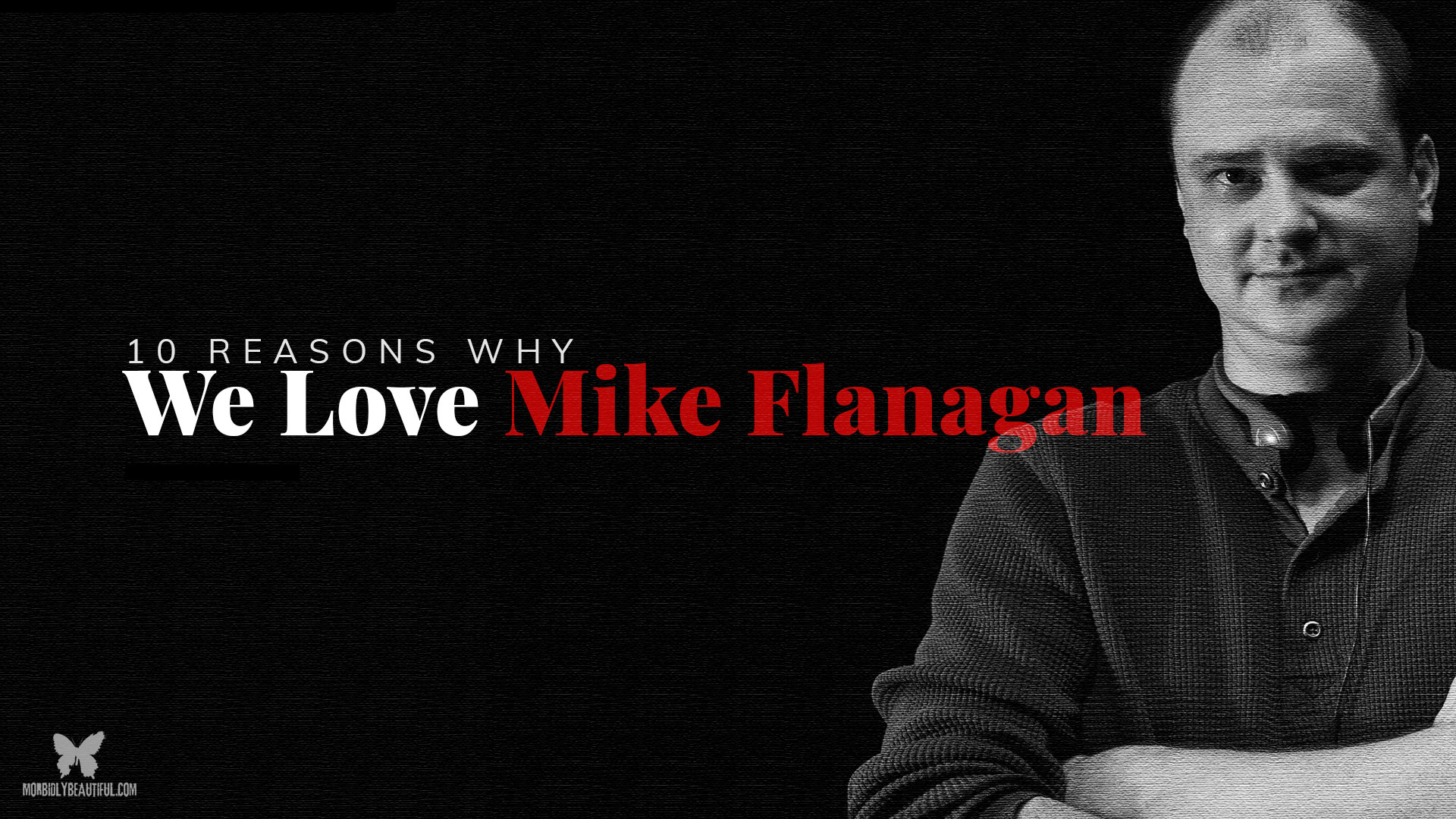

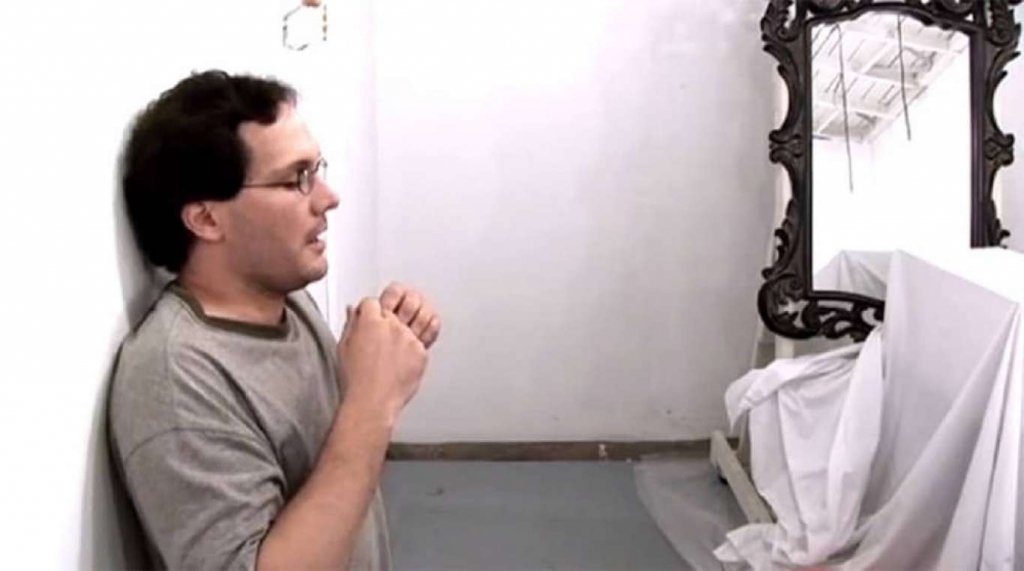

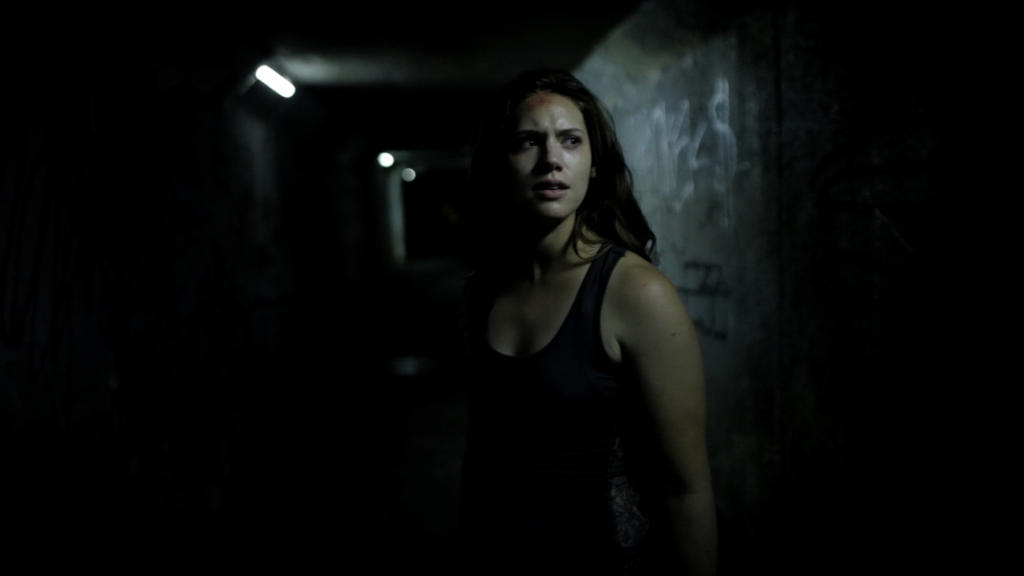
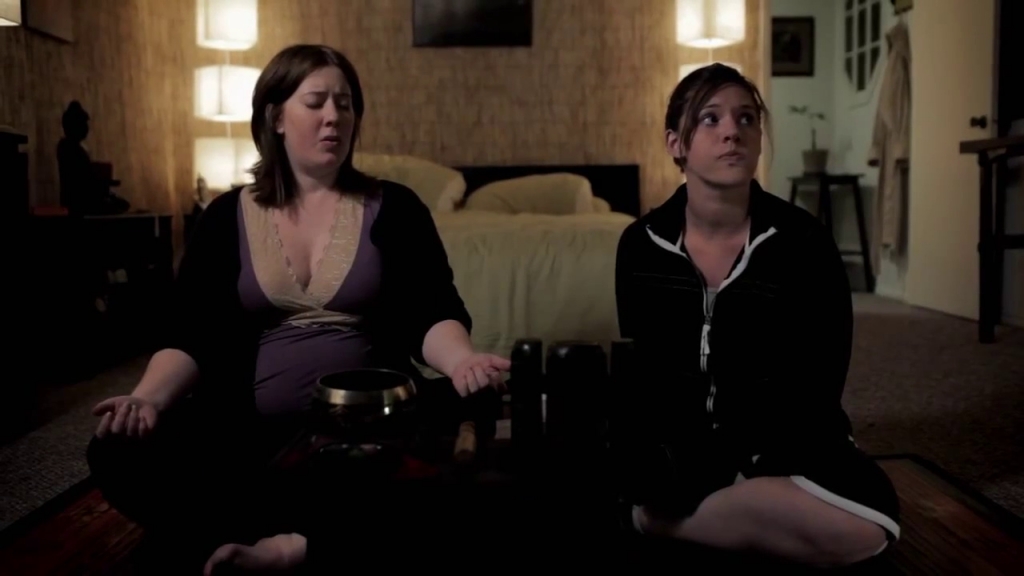
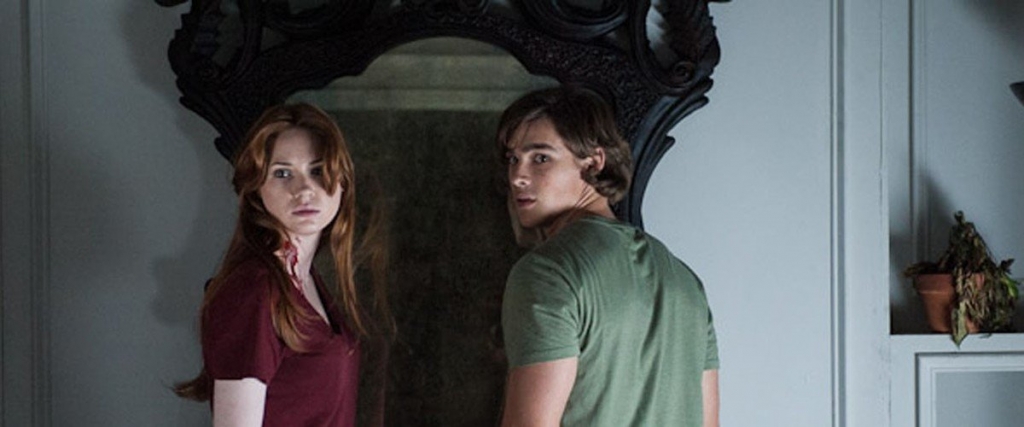

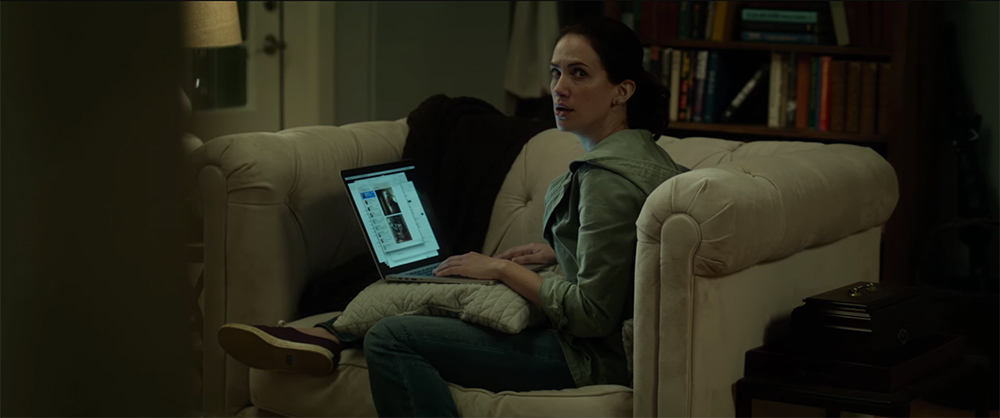
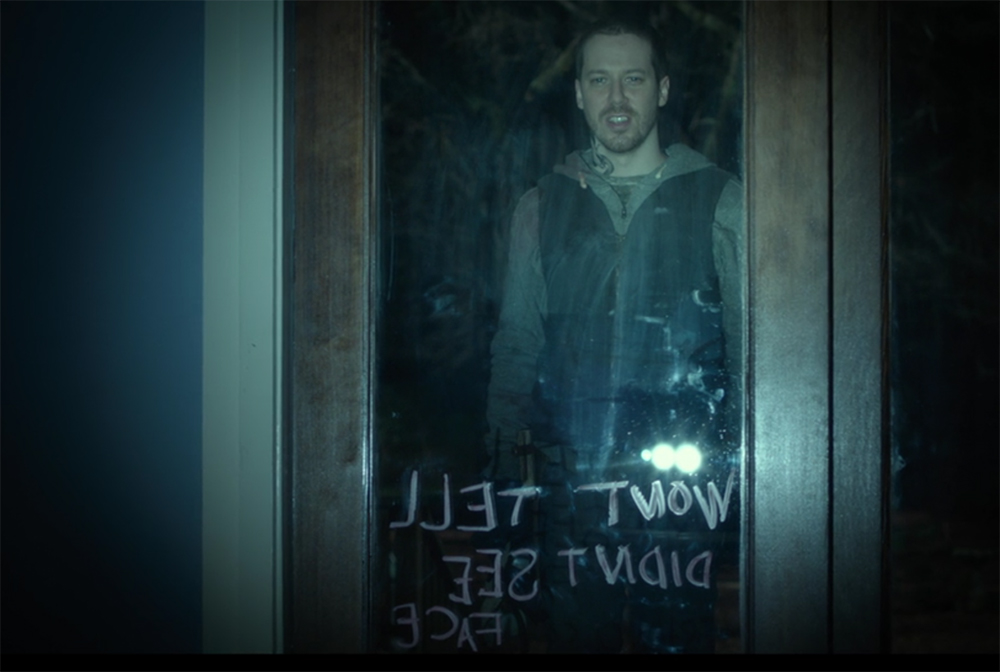
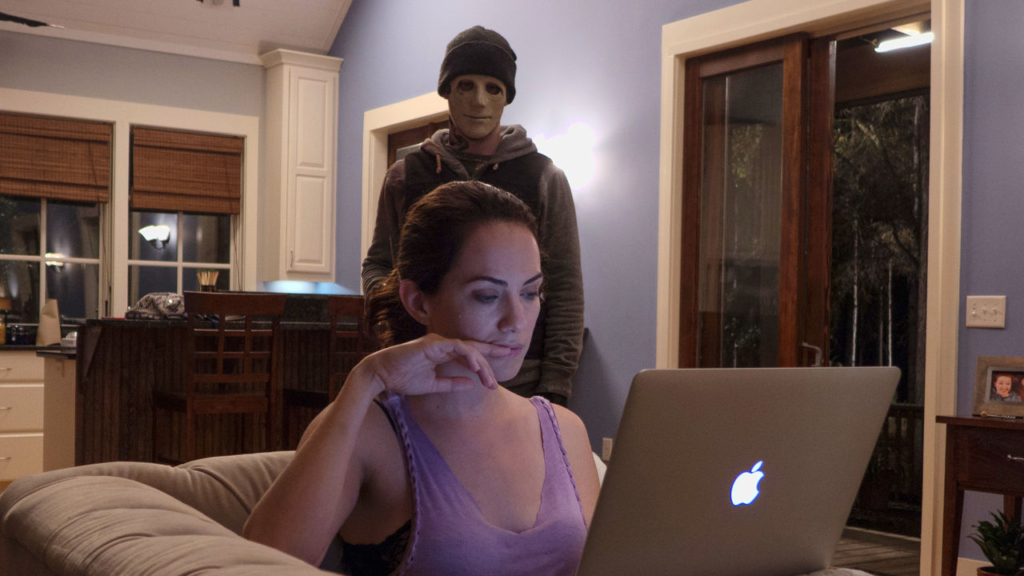
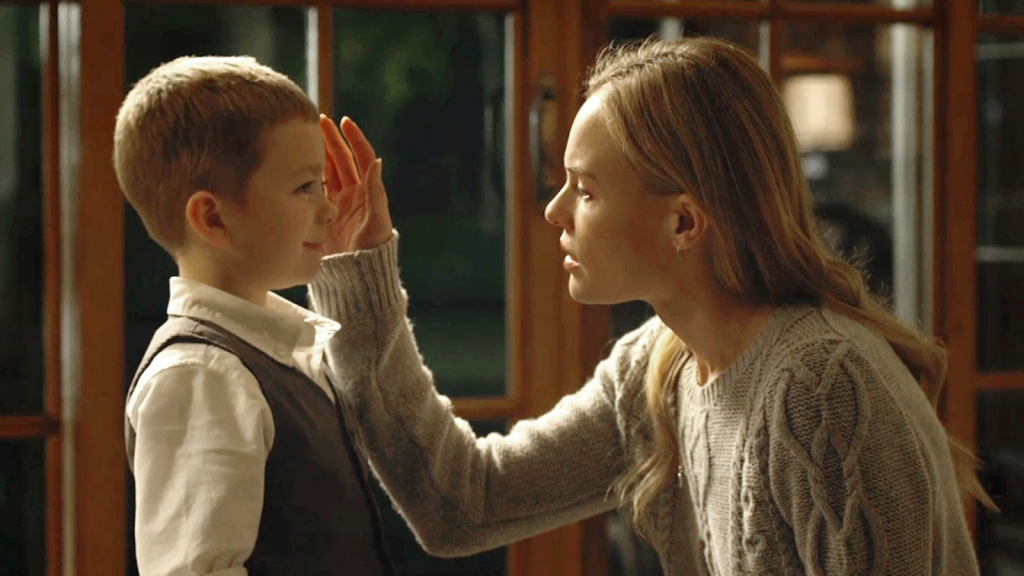
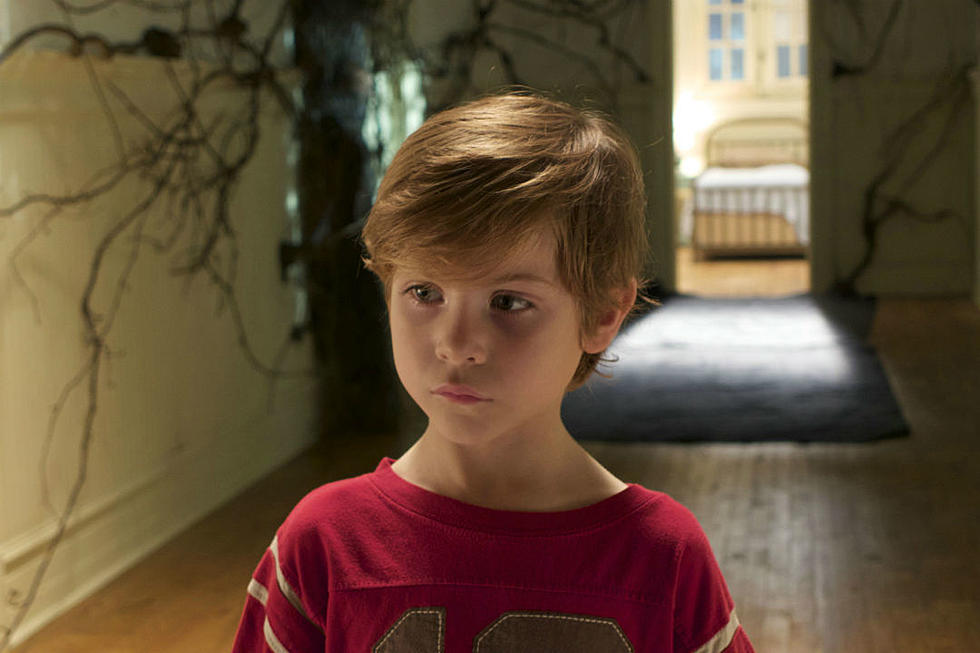
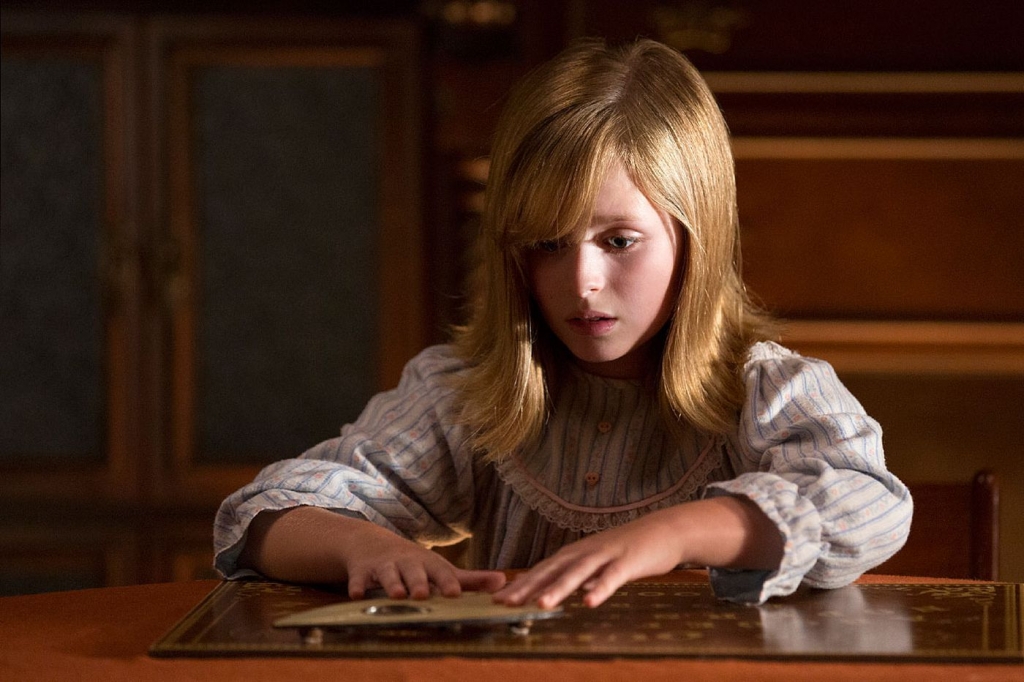
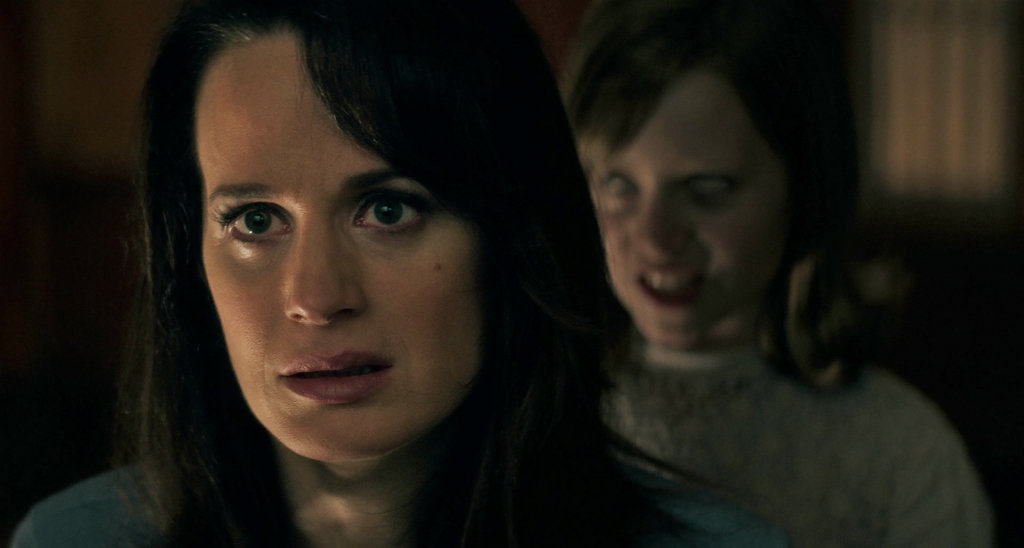
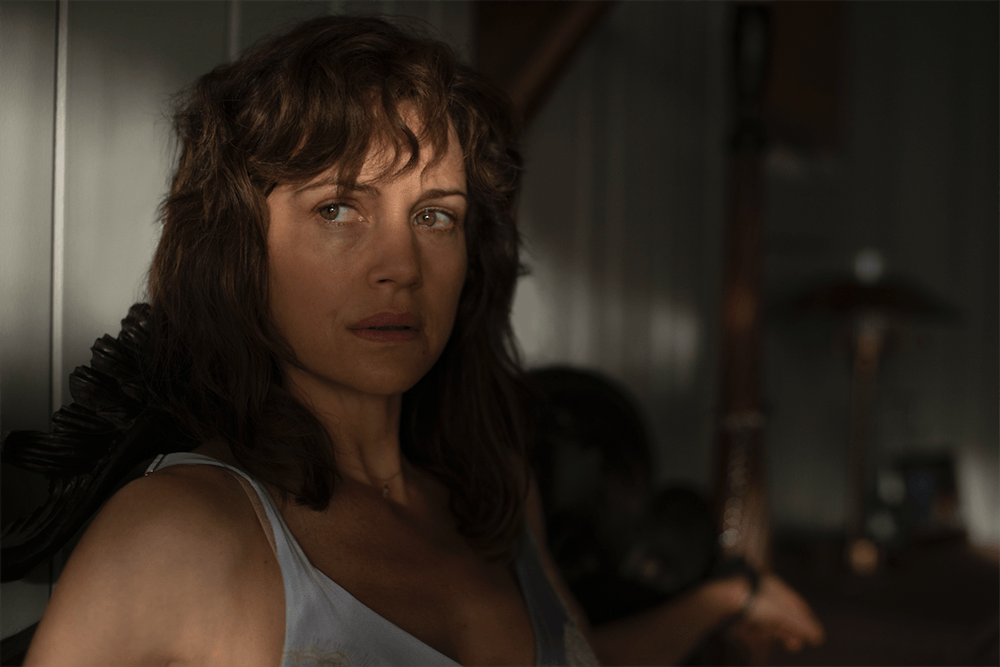
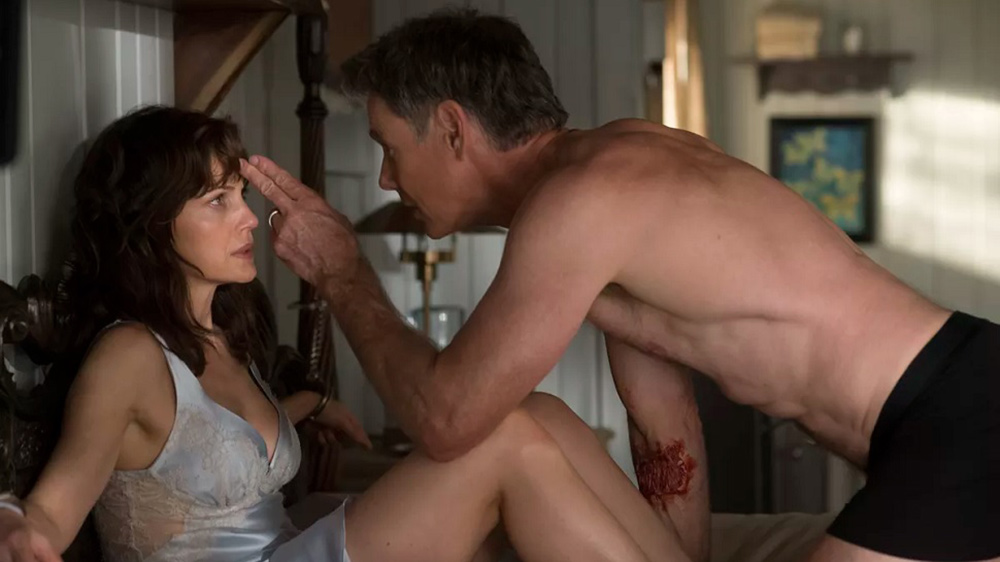
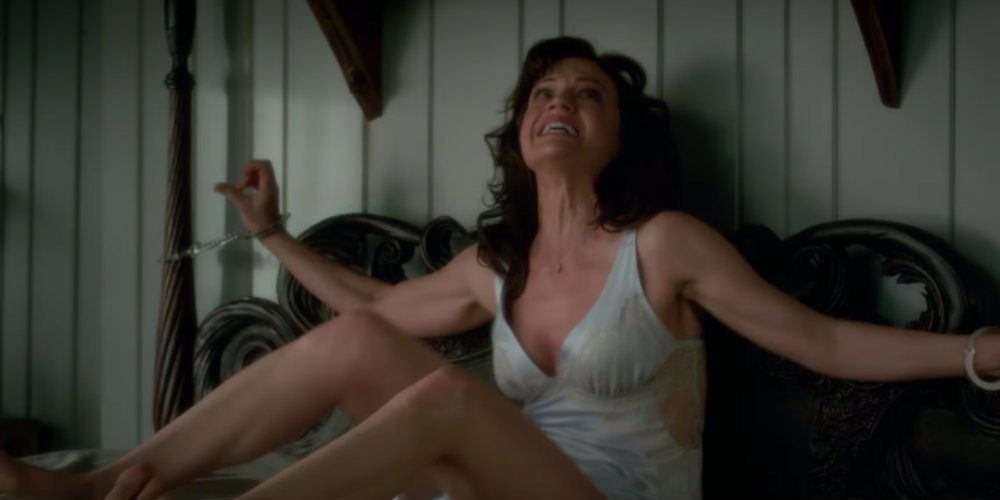
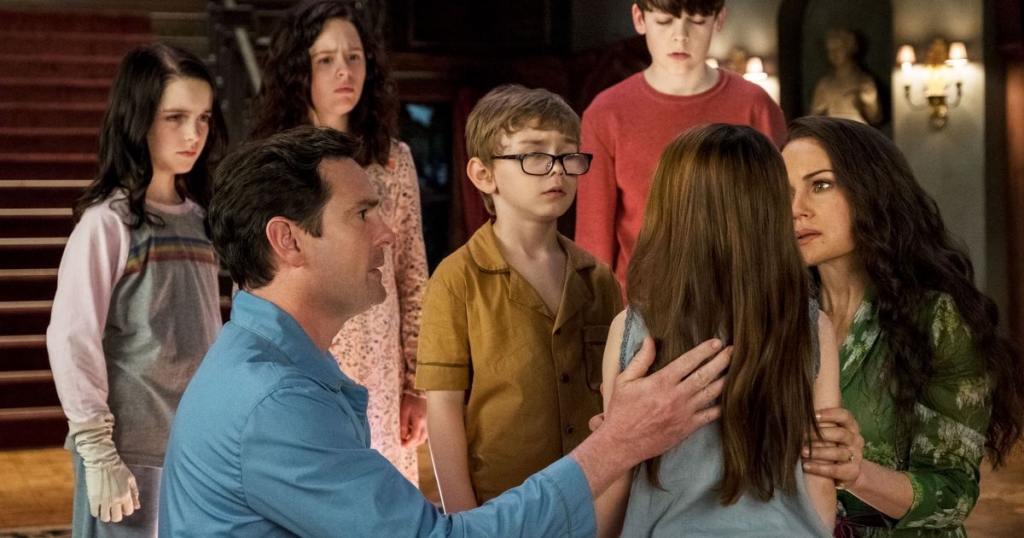
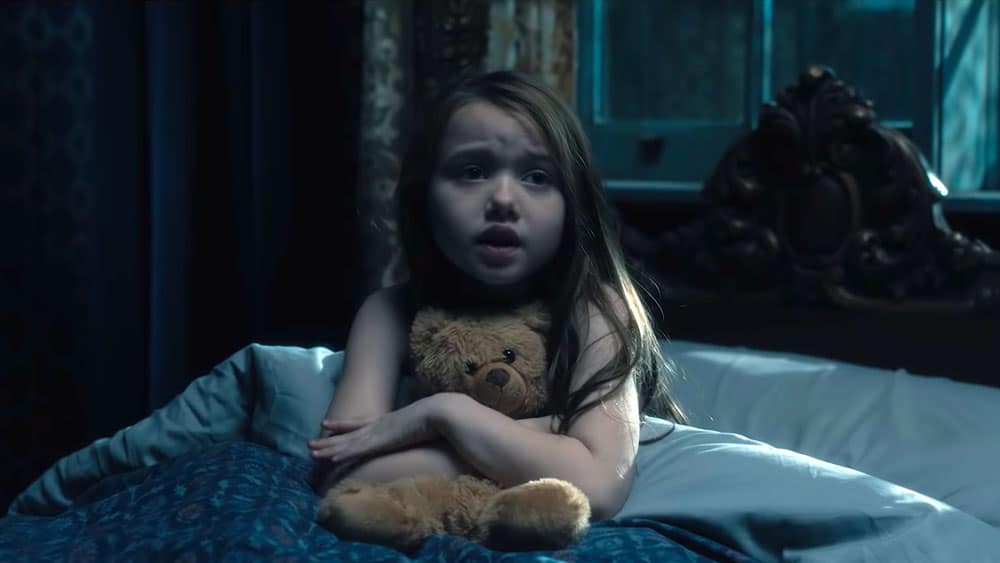
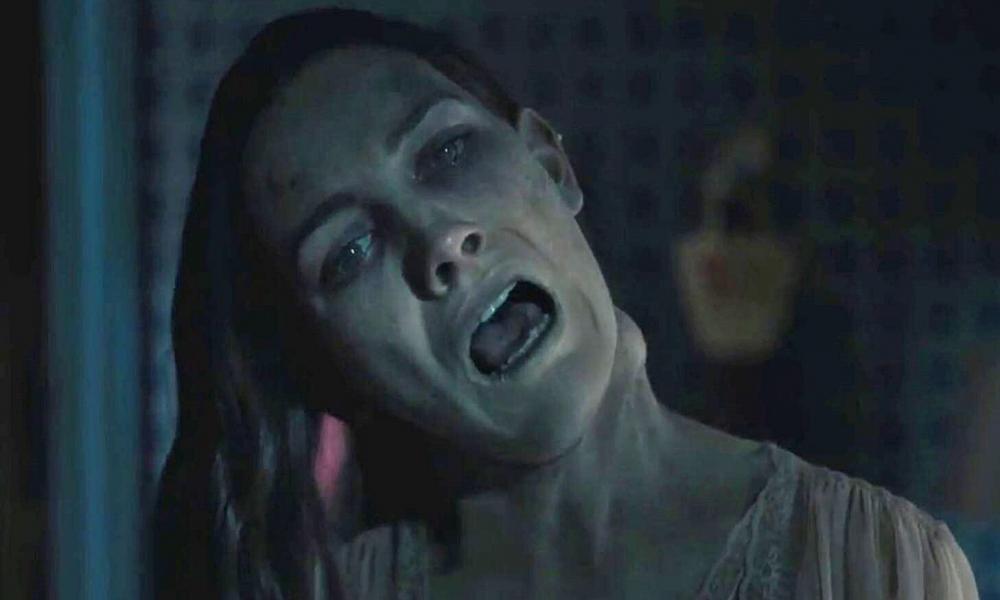
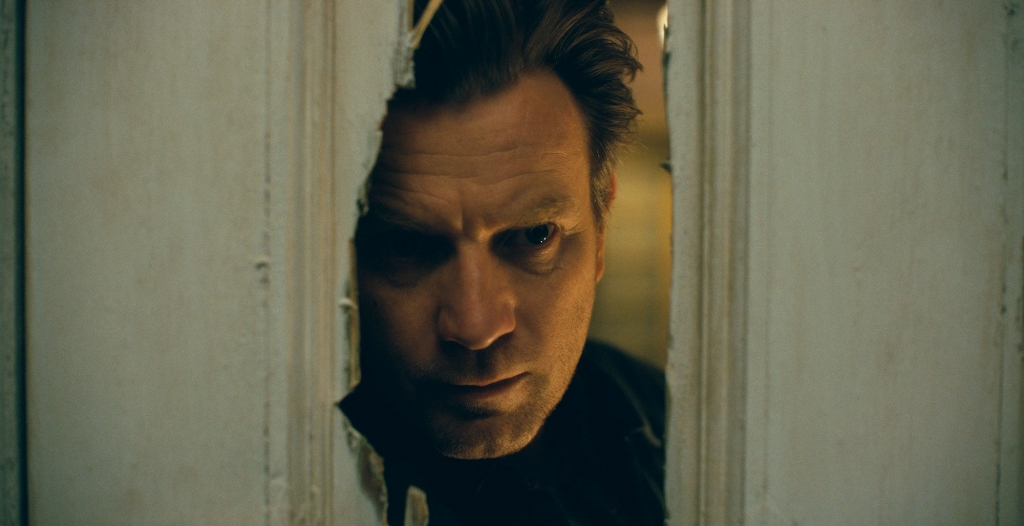
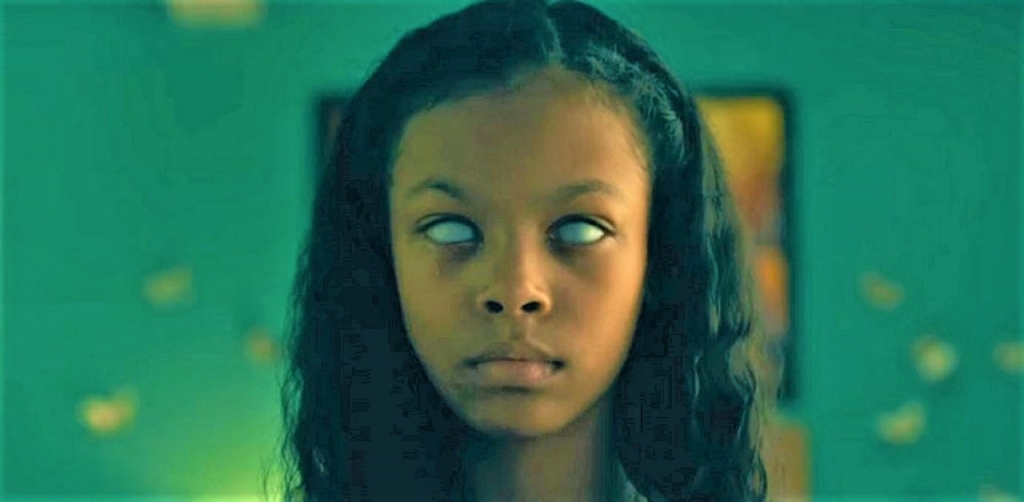
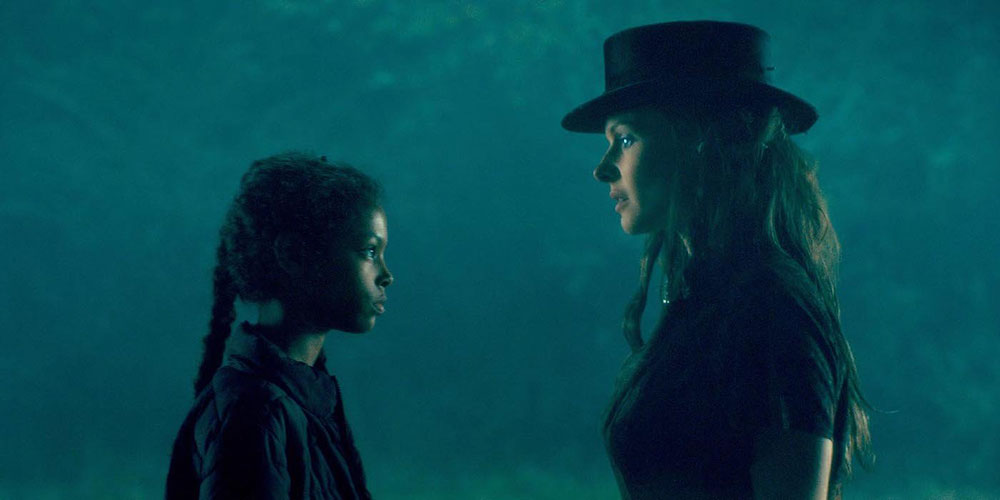
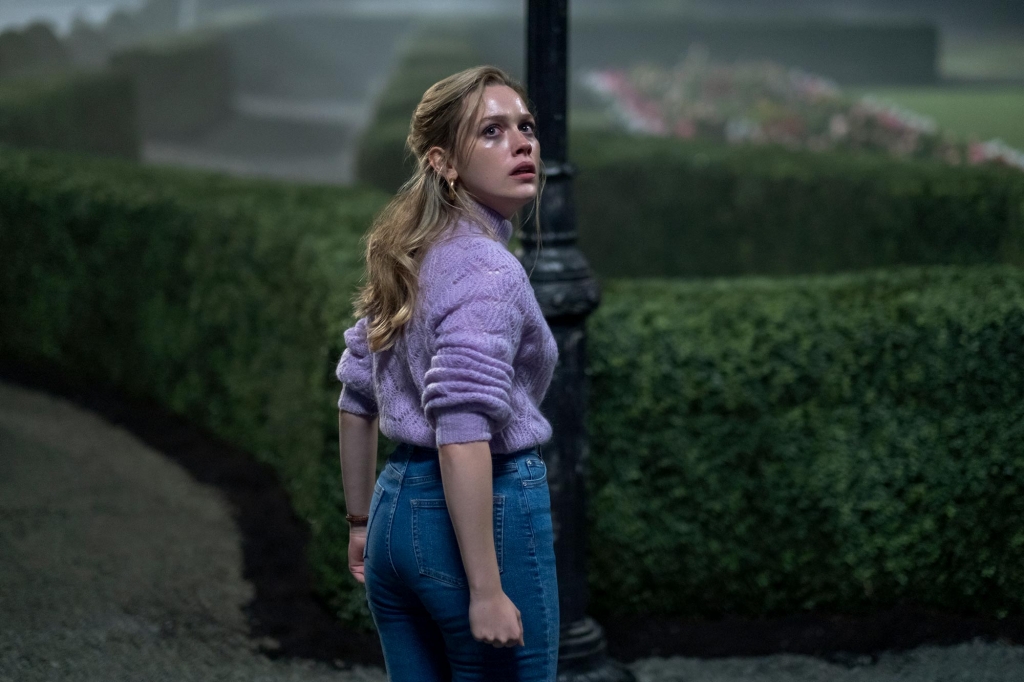
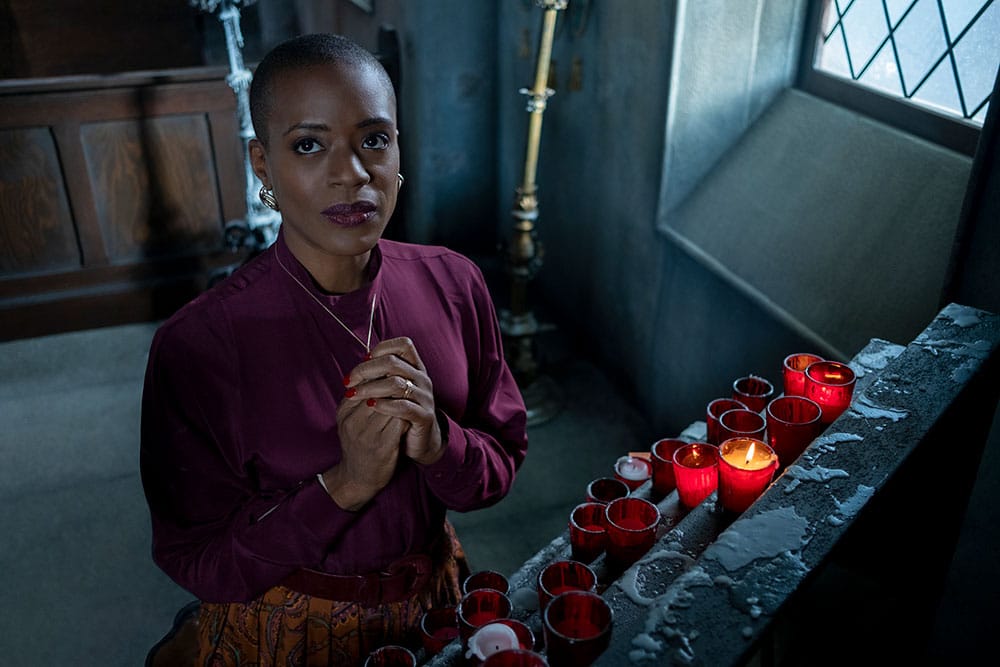

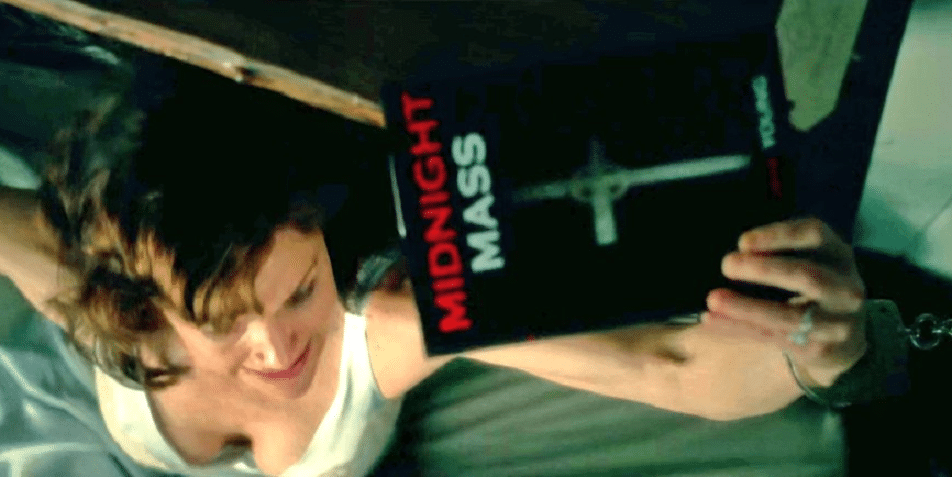
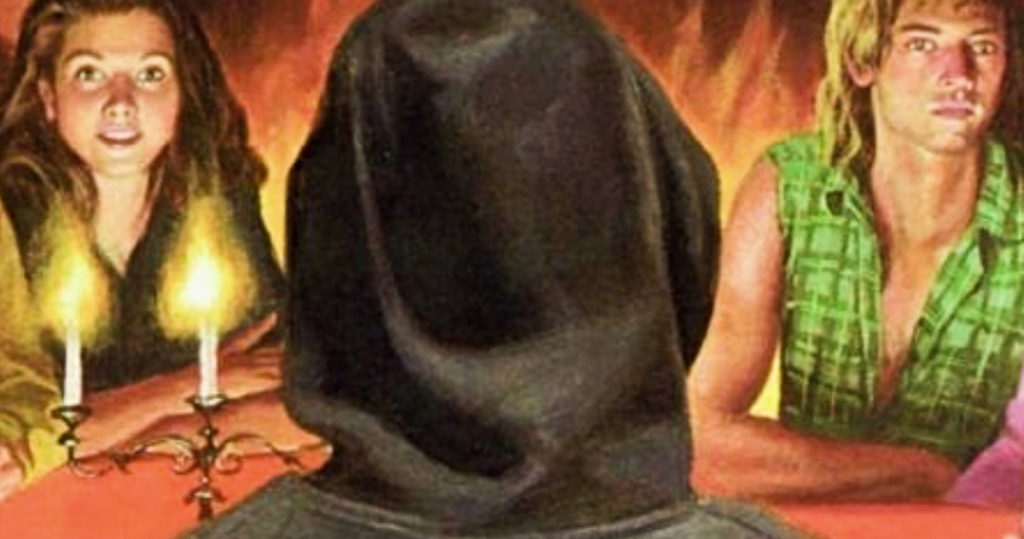
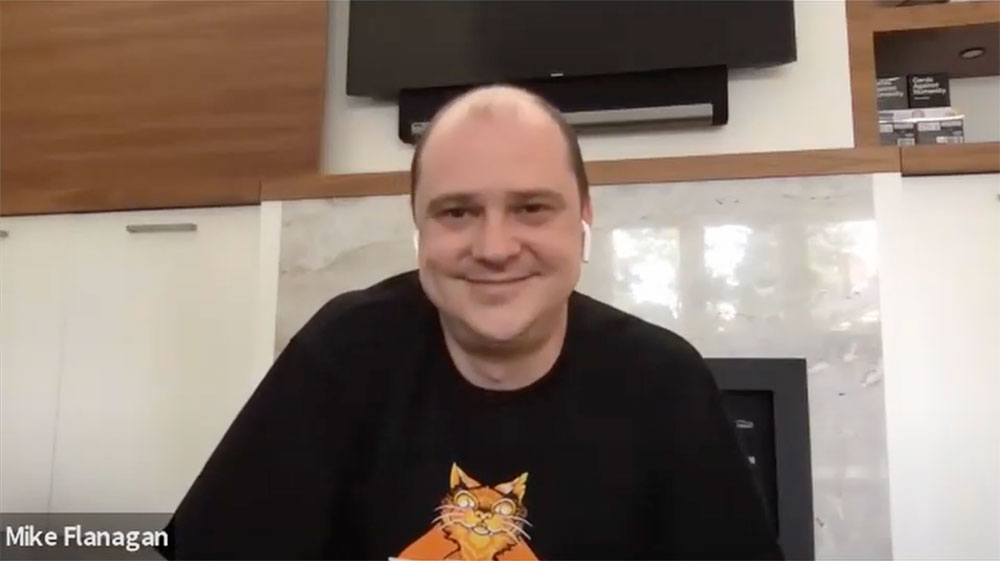
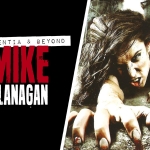

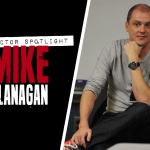
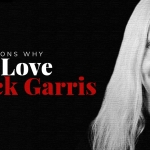



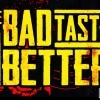







2 Comments
2 Records
Peter Neal wrote:
Stephanie Malone wrote:
Well, that’s certainly a take. Albeit, quite a confounding one, not to mention vaguely misogynistic. As a well-educated “chick”, I take umbrage with your assessment. But everyone is entitled to their opinion, no matter how problematically articulated. Regardless of how much I disagree, I do appreciate you reading and sharing your feedback.